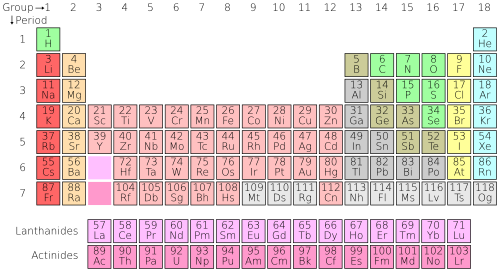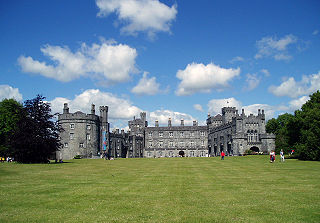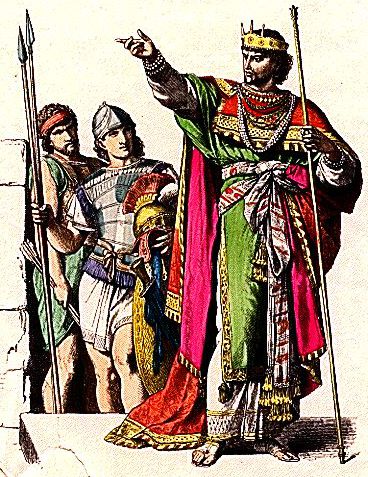We just learned about the
Cat's Tongue.
Have you ever heard that cows have 4 stomachs?
Well that's sort of true!
Cows really only have one big stomach, but it has four parts.
Each part of the stomach has a different job, like using up the food or water.
Cows also sometimes burp their food back up, chew it again and swallow it back down!
Yuck!
That's called chewing their
cud.

(from: wikipedia -
cattle)
Cows can be known by many names, depending on if they are male, female, young, old and lots of other things.
These are all names for cows: bull, calf, cow, heifer, cattle, feeders, yearlings, stirks, steer, ox, springer, bullocks, stag, rig, freemartin, neat, beefing, pollard, milker, bovine
The word
cow really means a grownup female cattle, but a lot of people just use the word cow.
Maybe it's just a fun word to say!








